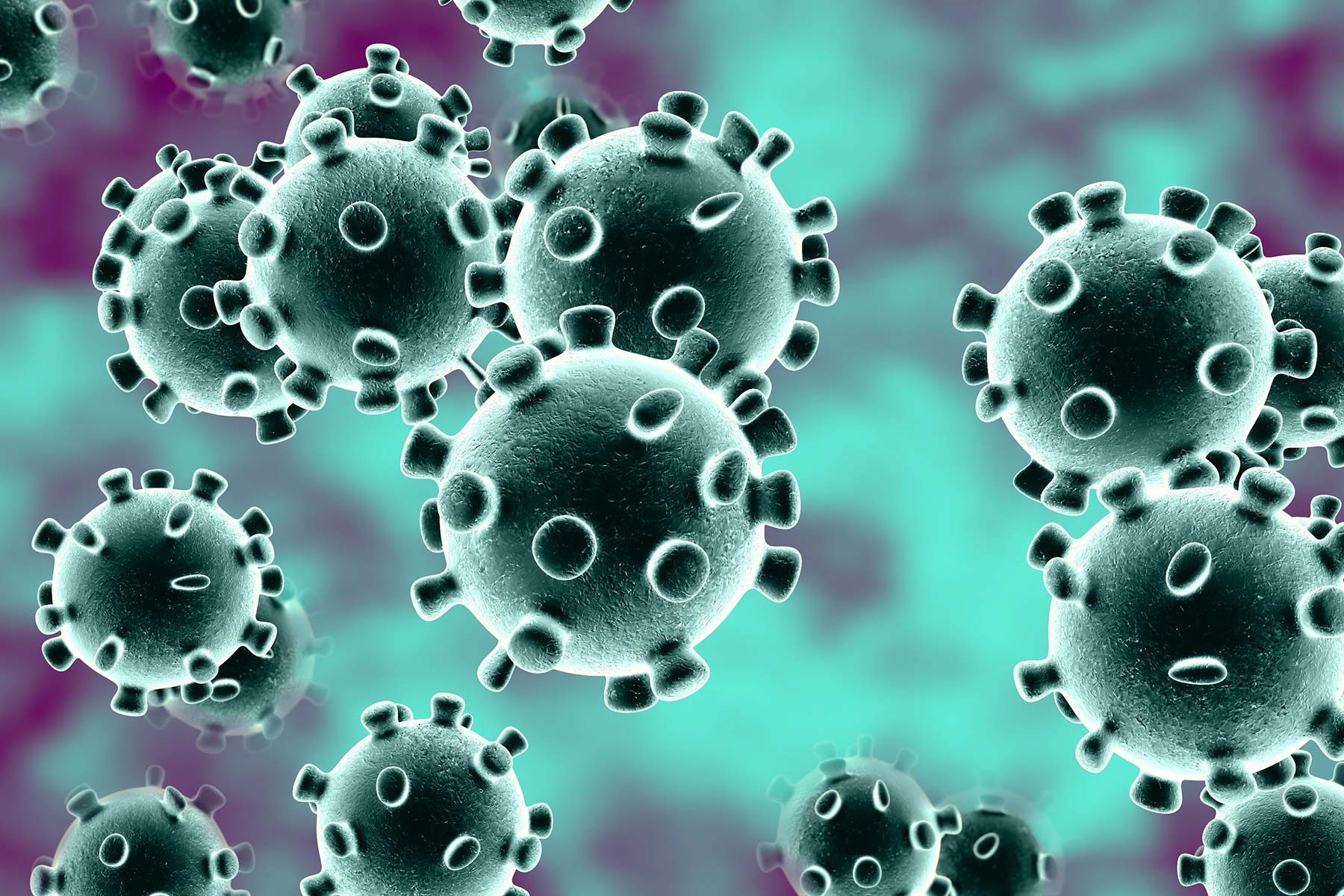NEW DELHI: The multiple epidemiological models that came into existence in March and April predicted a grim picture of how the spread of Covid-19 would look like in India, but six months on, the reality is much different.
These multiple models created by epidemiologists had projected that India could potentially have more than 2 to 2.5 crore cases by June and August but the reality is, India has witnessed around 5 million or a little over 50 lakh cases as on Friday, 18 September.
The death rate in India has also remained one of the lowest across the globe, while the recovery rate is one of the highest. The present death rate due to Covid-19 in India remains the world’s lowest at 1.5%, while the global average is 2.7%. The recovery rate in India is also significantly improving over time and currently is over 75%. Active cases in India as on Friday stood at just 1 million.
Also, in India, the maximum caseloads are coming from only five to six states. For example, states like Maharashtra, Tamil Nadu, Andhra Pradesh, Karnataka, West Bengal, Delhi and Odisha are adding the maximum caseloads on a daily basis.
The active caseload is also being reported from a handful of states, including Maharashtra, Andhra Pradesh, Karnataka, Uttar Pradesh and Delhi. Based on epidemiological models, which governments across the world rely heavily upon, nationwide lockdowns were clamped on several countries to stop the spread of the infection, virtually bringing the world to a standstill.
The Indian government also relied upon several of these epidemiological models that were presented to the government between March and April projecting a grim picture for the country if the spread of the infection was not arrested, following which the “Great Indian Lockdown” was announced, confining 1.5 billion Indians in their homes for 75 days. One of the epidemiological models that predicted a very worrying picture for India was a study done by the Centre for Diseases Dynamics, Economics and Policy study (CDDEP), in Washington and New Delhi. It was one of the earliest studies—published on 24 March—to have predicted that between 25 March and 25 August, India could potentially see around 2 to 2.5 crore people being affected by coronavirus. The peak of the infection, according to CDDEP, would be between 25 April and 5 May whereby about 2,500 people per lakh of population would be getting affected.
Their study had also stated that with hard lockdown continuing along with social distancing norms followed strictly along with isolation of cases, India could see a peak infection of about 9 crore Indians getting affected by July this year, which would include asymptomatic, symptomatic and hospitalised patients (long-term reduction in transmission reduces peak infections.). With only a hard lockdown, the peak of infection in India would see about 13 crore Indians getting infected and the peak would be somewhere around 10 June.
Another study published by the Indian Council of Medical Research (ICMR) in their Indian Journal of Medical Research, which was later on removed from their website, had predicted that in an optimistic scenario, around 150 people per 10,000 would be impacted in Delhi without intervention, while in the pessimistic scenario, it would go to 1,000 infected per 10,000. Taking government intervention into account, it stated that in the best case scenario, the number of infected in Delhi would be roughly 20 per 10,000, while in the pessimistic case, it would be almost 1,000 per 10,000.
The study also further predicted that at the peak of the infection, from 1% to 10% of the Indian population would be affected by the Covid-19 virus, indicating that anywhere between 1.3 crore to 13 crore people would be infected by the virus in India.
The study was titled as “Prudent public health intervention strategies to control the coronavirus disease 2019 transmission in India: A mathematical model-based approach”, and was published in the IJMR (Indian Journal of Medical Research) on 24 March.
On 23 March, another study that was published on an online publication platform, Medium, which was authored by an Indian doctor, used the SEIR model (Susceptible, Exposed, Infectious, Recovered) to predict the number of infected and the number of deaths in India due to Covid-19. This same model was used to predict SARS cases.
The author arrived at a conclusion that if there was no intervention from the government, like lockdown, the number of infected in India would be around 115 crore or almost 80% of the total population of the country being affected by Covid-19. The study further stated that without intervention, the number of deaths in India could have been around 4.5 crore in a span of six months.
However, many epidemiologists believe that such models which are based on mathematical calculations and not based on reality, are seldom correct and more so, in a complex and huge country like India. Epidemiologists that The Sunday Guardian have been speaking to over time have said that for a country as huge as India whose demography and genetic components change every 100 km, one mathematical model would not be able to predict the spread of the infection. Robert Redfield, Director of the Center for Disease Control, US, said, “I think you’re going to see the numbers are, in fact, going to be much less than what would have been predicted by the models.”

